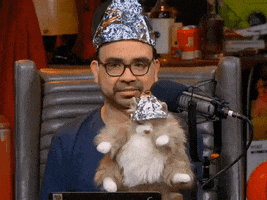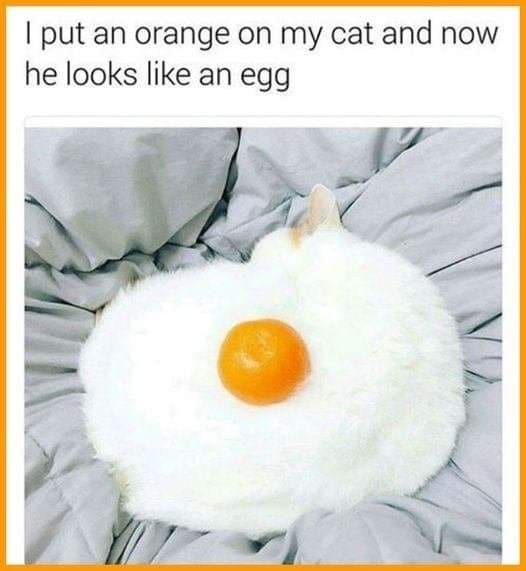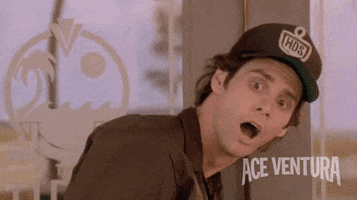Jabberwocky
Frumious Bandersnatch
chinup said:Or, more broadly, what does it mean to be a specific species?
I'd really like it if some developmental biologist could just come and tell us the answer.
But until then, here's my 2C:
- Genomic content with adequate fidelity to the genomic structure required for most of the functionality that cats typically do. Not all, its fine if your cat hasn't got eyes or something due to a genetic defect.
- All of the vital organs, don't need to be there from birth, feline transplant patients are obviously cats. I think are certain stage of development must have been reached for the transformation to cathood to occur. I'm less certain about this than the above.
This came out of an unproductive discussion in CEPS regarding abortion. I don't want to go there again which is why I'm asking about cats (but if there's a reason it wouldn't be analogous for humans, then please tell me). I'd like to know what differentiates a cat, from a scientific perspective from earlier developmental stages. This is required to avoid regress to the embryonic genome activation.
I know its a blurry line and there is no set answer, but there must be proposals from people working in related fields but I don't know how to find out what they are.
Hmm.
Can anyone here fundamentally prove that I myself am not a cat?
A human with several genetic mutations is still a human. I am... a few hundred (?) mutations away from a cat's DNA. How many mutations does it take before something is no longer designated their original supposed species?
I may appear human, but I might be a cat who mutated enough times to appear human, but still a cat (!?).

Last edited by a moderator:





